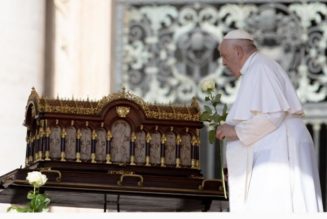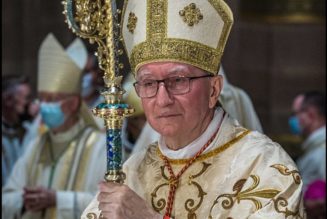
St. Peter and St. Paul were the master builders who executed the plans of the divine architect, Christ. Yet, the two could not have been more different. St. Peter was a hardscrabble fisherman with his brother, Andrew. Despite his human limitations and failures, he became the rock that supports the Church, shedding his blood by crucifixion in Rome. On the other hand, St. Paul came from Tarsus in modern-day Turkey, where his family were tent-makers. Paul was well-educated, a fervent Pharisee, and an early persecutor of Christians, before meeting the Lord on the road to Damascus and becoming his apostle to the Gentiles. He, too, died in Rome under Nero, but as a Roman citizen he was denied the privilege of crucifixion, and instead was beheaded by a sword.
Despite their differences, however, and because of their common mission for Christ, Peter and Paul combined to form a solid foundation for Christ’s Church. “Both apostles share the same feast day,” writes St. Augustine in the Office of Readings for their solemnity, “for these two were one; and even though they suffered on different days, they were as one. Peter went first, and Paul followed. And so we celebrate this day made holy for us by the apostles’ blood.”
These “blood-brothers” occupied different days on the liturgical calendar. In fact, each still has a day all his own, apart from this Solemnity celebrated at the end of June: the Church celebrates St. Paul’s conversion on January 25 and St. Peter’s Chair on February 22. Even their collaborative role as the Church’s pillars (see Galatians 2:9) on the same day during the same Mass has changed. In the early centuries, June 29 saw the celebration of two Masses—one in commemoration of St. Peter took place where his great basilica now stands, and another Mass in honor of St. Paul at his eponymous basilica “outside the walls” in Rome. But because of the distance between these basilicas and the time it took to travel between them, St. Paul’s day came to be observed a day later than St. Peter’s, on June 30. Today, their collaborative role in the Church’s foundation is marked on the June 29 Solemnity.
June 29 also makes for an appropriate day to celebrate the ordination of bishops (although any of the twelve apostles’ feast days is recommended to ordain their successors). Because of the connection between apostles and bishops, this Solemnity is particularly important to today’s bishops—and to those of us who live our faith under their oversight. We might consider the parallel between these first bishops and their flocks with today’s bishops and their flocks. Peter went through a trial of trust and denied Christ; Paul went so far as to kill Christ’s followers. Their subjects were quick to deny the faith they were given: “O foolish Galatians! Who has bewitched you?” (Galatians 3:1). Bishops and faithful continue to struggle today and must continue to encourage and pray for each other. St. Augustine (himself a bishop) exhorts us: “Let us embrace what they believed, their life, their labors, their sufferings, their preaching and their confession of faith” (Office of Readings).
Peter and Paul’s ultimate “confession of faith” comes by shedding their blood. The entrance antiphon for Mass during the day of their solemnity focuses our minds on this mystery in these words: “These are the ones who, living in the flesh, planted the Church with their blood; they drank the chalice of the Lord and became the friends of God.”
In addition to the Church’s liturgy keeping their martyrdom before us on this day, it also emphasizes Peter’s profession and Paul’s teaching. During Christ’s Passion, Peter denied Christ three times: “I do not know the man.” During the days of Christ’s presence to the apostles after his resurrection, Peter confessed Christ three times: “Yes, Lord; you know that I love you.” This passage recalling Peter’s confession (John 21:15-19) is read at the Vigil Mass for the Solemnity and exemplifies not only Christ’s patience and love for his followers, but how each of us is constantly called to return to Christ after betraying him by sin. In the Gospel reading for the Mass during the day, we hear another of Peter’s professions: “You are the Christ, the Son of the living God” (Matthew 16:16). Confirming his testimony, Jesus tells him: “You are Peter, and on this rock I will build my Church” (Matthew 16:18). Peter’s blood, along with his confession, forms the solid rock upon which the Church rises. Even Paul calls Peter “Cephas,” or “Rock” (Galatians 1:18, heard in the second reading at the Vigil Mass, as well as in the Office of Readings).
If Peter’s mission emphasized professing Christ to his fellow Jews, the Chosen People, Paul’s announcement was to the Gentiles. God “was pleased to reveal his Son to me, in order that I might preach him among the Gentiles” (Galatians 1:16), we hear in Paul’s letter to the Galatians at the Vigil Mass. The next day the Church reads a similar sentiment from Paul’s second letter to another bishop, St. Timothy: “But the Lord stood by me and gave me strength to proclaim the word fully, that all the Gentiles might hear it” (2 Timothy 4:17). Paul’s writings constitute a majority of the New Testament texts. His preaching speaks with his blood of the saving power of God available to all in the Church.
The faith in Christ that sustains us today rests upon the foundations of the apostles: on their blood, in their confession, by their teaching. Without their place in the history of salvation—the place that the Church remembers with the present Solemnity—our faith would have crumbled long ago. The solemn blessing today is a fitting way to keep our faith alive every day: “by the keys of St Peter and the words of St Paul, and by the support of their intercession, [may God] bring us happily to that homeland that Peter attained on a cross and Paul by the blade of a sword.”
The above entry appears in Ascension’s book Solemnities: Celebrating a Tapestry of Divine Beauty, by Christopher Carstens, Denis McNamara, and Alexis Kutarna. Featuring each of the 17 annual solemnities, Solemnities: Celebrating a Tapestry of Divine Beauty examines the theological, spiritual, and liturgical foundations for each celebration; explains the beauty of the solemnity by a commentary on artistic illustration of the celebration; and offers ideas for living the solemnity in one’s daily life. Solemnities: Celebrating a Tapestry of Divine Beauty was awarded Second Place in the “Pastoral Ministry—Parish Life” category by the Catholic Media Association in 2023. See more about the book at https://ascensionpress.com/products/solemnities-celebrating-a-tapestry-of-divine-beauty.

Image Source: AB/Lawrence OP on Flickr. Mosaic from the front of the basilica of St Paul outside the Walls in Rome.
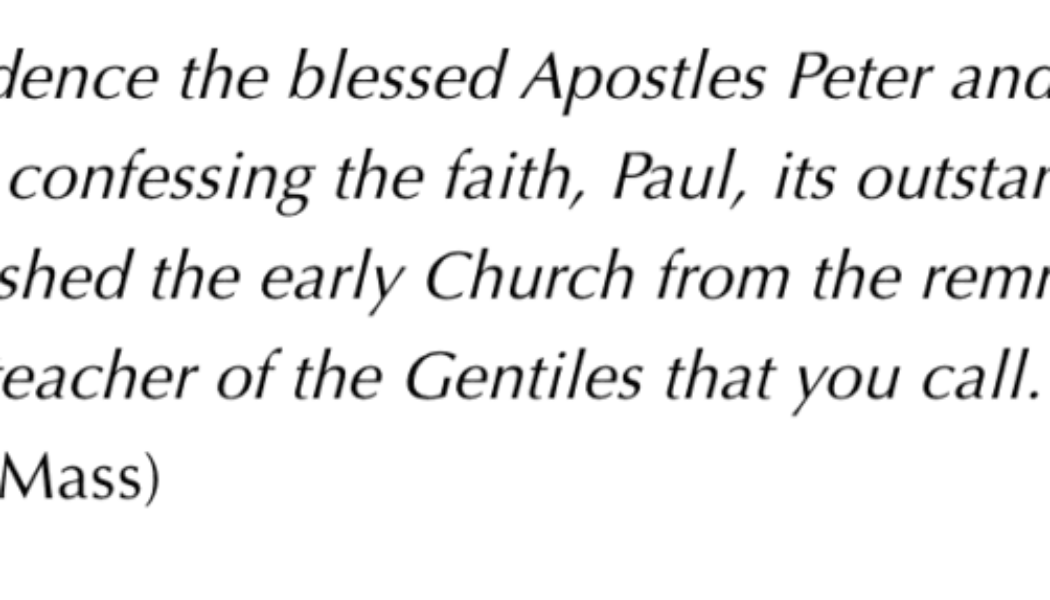
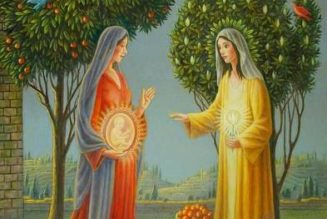

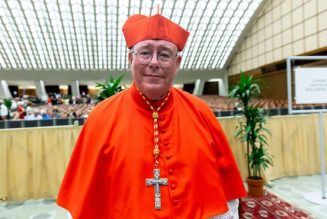
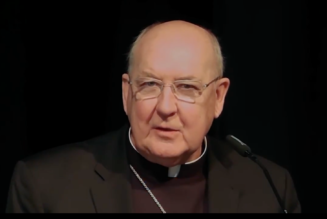
![This guy threw out a hard drive containing $384 million of Bitcoin. Now he’s fighting to dig up the landfill [language warning]…](https://salvationprosperity.net/wp-content/uploads/2021/12/this-guy-threw-out-a-hard-drive-containing-384-million-of-bitcoin-now-hes-fighting-to-dig-up-the-landfill-language-warning-327x219.jpg)
